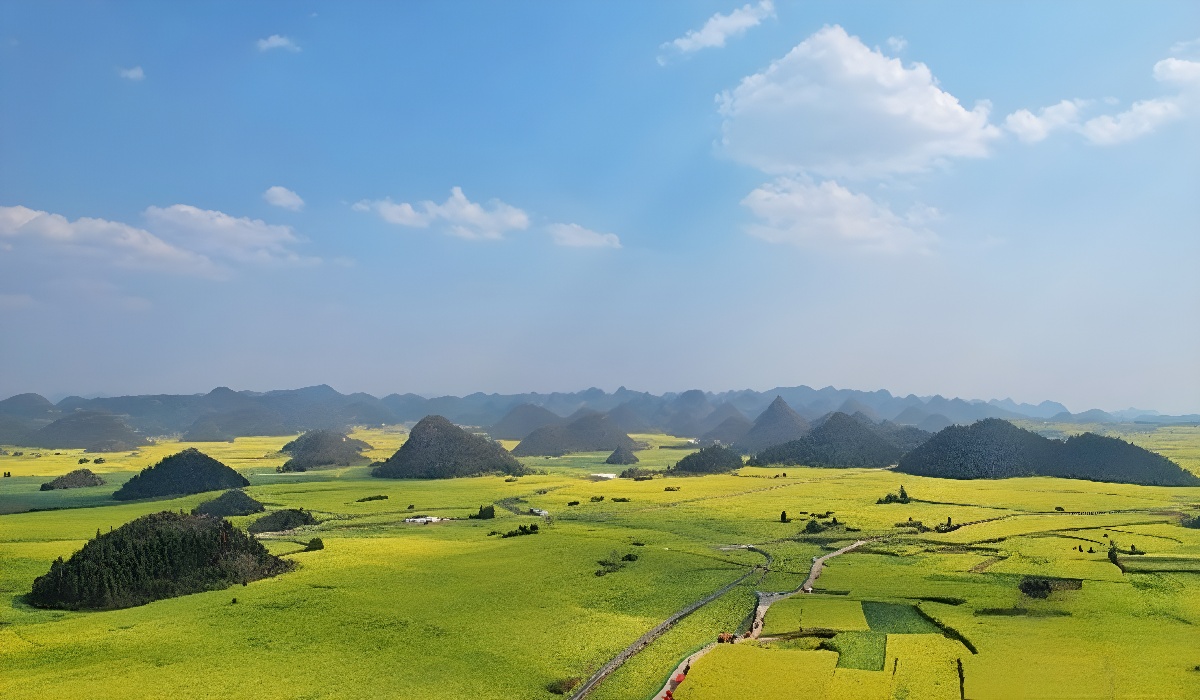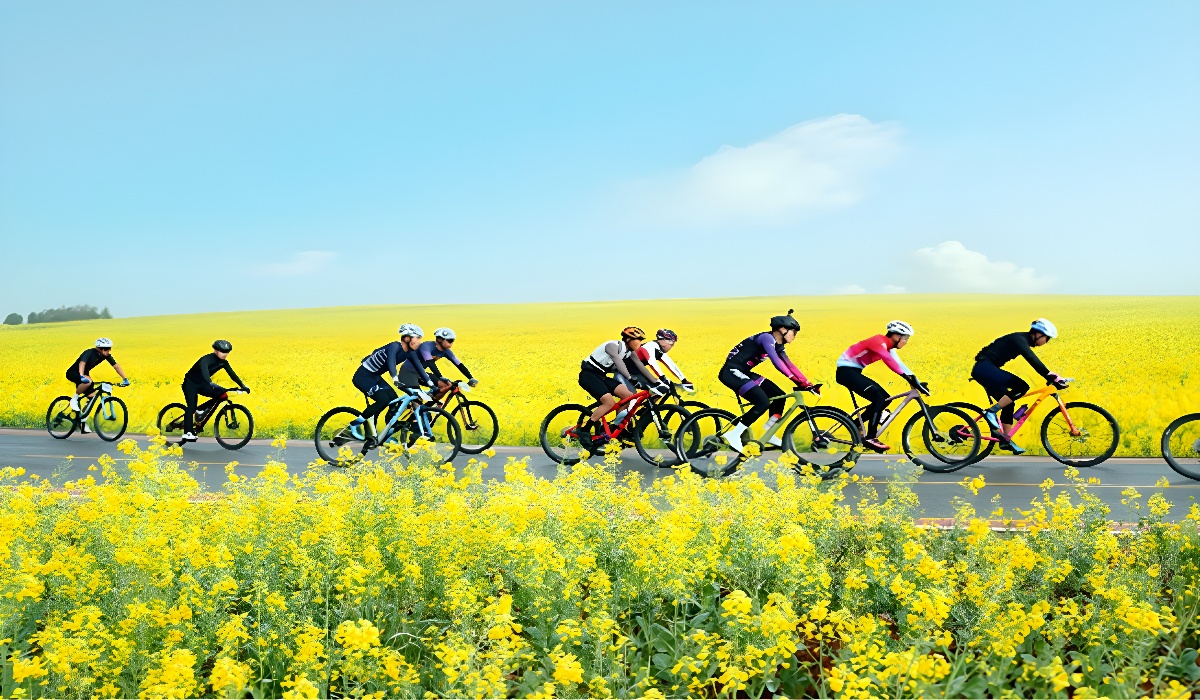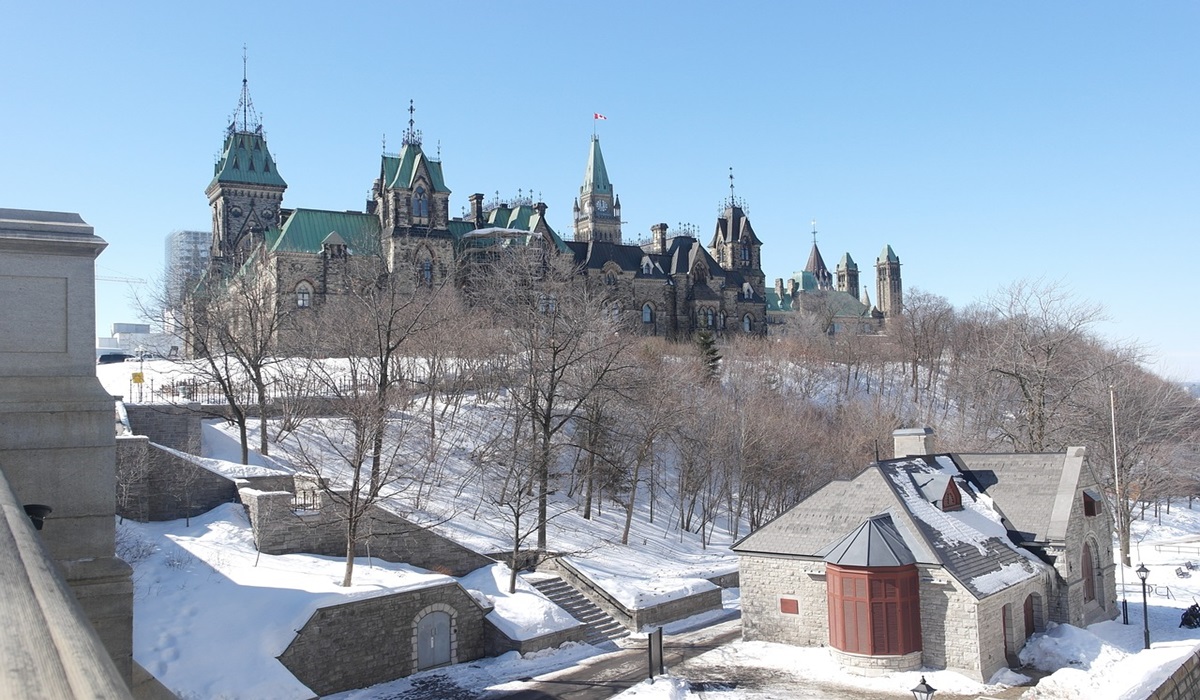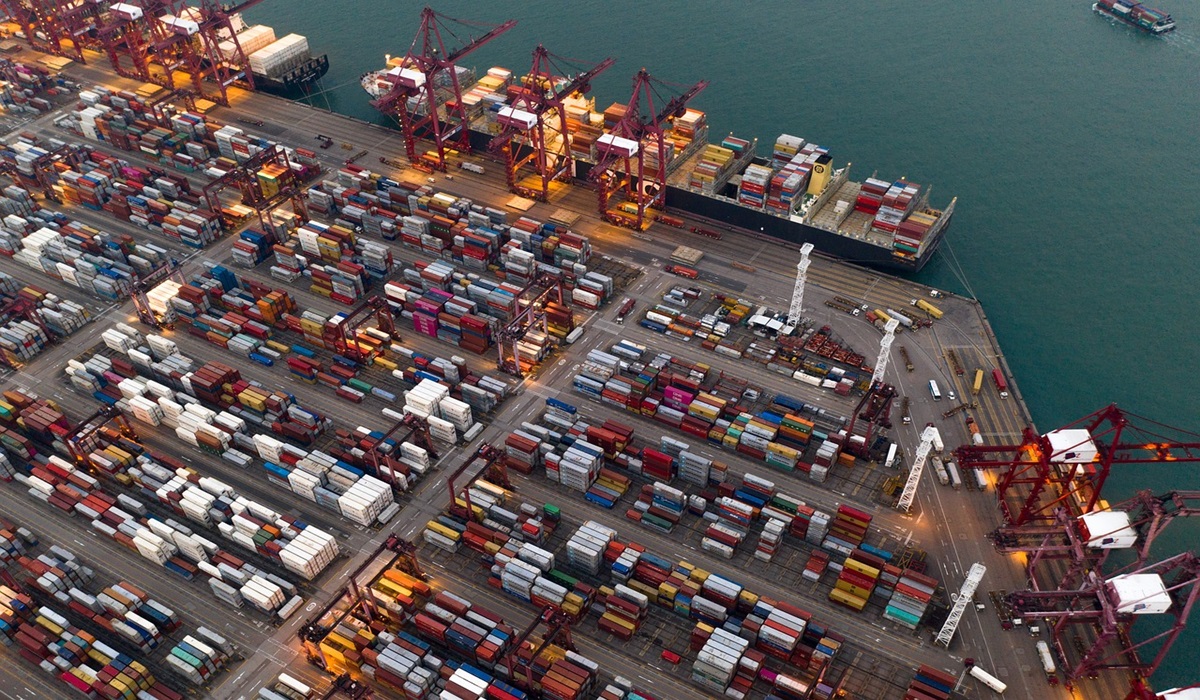Bicycle race held in Luoping county, Yunnan province. (sourced from Luoping Media)
Zhao Yong, Chargé d’affaires, a.i. of the Chinese Embassy in Canada
Spring is tiptoeing in. Whether in Canada or China, the arrival of spring always brings joy, especially in the rural areas of the two countries. When the weather turns warm and the spring enlivens the land, farmers begin agricultural activities in the fields, sowing seeds while sowing their hopes for a bountiful harvest and a good life in the coming year.
China is a nation with a long history of agricultural civilization. The Chinese people have achieved remarkable accomplishments in the transition from an agricultural country to a manufacturing country under the leadership of the Communist Party of China. I would like to show you three examples.
Let me begin with China’s efforts in poverty alleviation. Take Ningxia Hui Autonomous Region, the smallest provincial-level unit in northwest China, as an example. Most of its rural areas used to suffer from water scarcity and infertile land, with Xihaigu area once labeled as the most uninhabitable place for human settlement.
Earth-shaking changes started to take place here when China sounded the clarion call for poverty alleviation. Developed provinces in east China offered pairing-up assistance, bringing in a large number of talents, funds, and technologies. The local governments built water conservancy projects to improve the villagers’ water supply. The villagers developed drought-resistant and water-saving farming according to local conditions. Today, Ningxia has turned into a well-known wine grape cultivation area in China and even the world, winning numerous gold medals in international wine competitions. Local specialties such as goji berries, potatoes, and vegetables grown in high-altitude regions are sold in domestic and foreign markets. And here, swathes of grass carpet the land, trees form dense forests, and herds of cattle and sheep roam through the fields, presenting a beautiful picture of harmonious coexistence between humans and nature.

Canola flowers blooming in Luoping county, Yunnan province. (sourced from Xinhua News Online)
The second example is China’s rural revitalization drive. In south China, the golden field of blooming canola flowers is a commonly seen scenery in springtime. Luoping county in southwest China’s Yunnan Province is considered the place where canola flowers bloom the earliest in spring in the country. The endless golden seas of canola flowers, complemented by straight roads and lush green hills, create a magnificent yet exquisite landscape.
Located in Banqiao town of Luoping county, a tourist attraction called “Yunshanghuaxiang”, which means the “heavenly flower town”, received an influx of visitors during the recent Qingming break. Jointly built by several local villages, Yunshanghuaxiang features canola flowers, cherry and peach blossoms winding around the villages, as well as flagstone roads typical of rural areas in southern China. Additionally, it offers facilities renovated from old rural residences, such as homestay-style hotels, book bars, stages, coffee shops, local specialty markets, and wellness centers. The villagers gain an extra income from tourism apart from agriculture. With the blooming of flowers, the people here now live a better life.
The third example is agricultural modernization. China has a large population but limited arable land resources, resulting in a low average amount of arable land per rural household. This was particularly evident in China’s southeastern provinces in the past, where farmland was used to be fragmented and scattered, posing challenges to agricultural mechanization and modernization.
East China’s Jiangsu Province is renowned as the “land of fish and rice”. The farmland in Tinghu district, Yancheng city of Jiangsu, if viewed from above, appears as a continuous and well-organized expanse of rectangular plots. This is because since 2019, the district has been exploring and practicing the “merging small fields into large fields”. In the first phase of the pilot program, the 1,123 small plots from 431 participating households were merged into 147 larger fields. As a result, the previously uneven field boundaries and ridges have been leveled, water channels and small roads have been repaired, and high-powered agricultural machinery can easily navigate the fields. This has significantly increased the efficiency of land use and mechanization in farming. Most importantly, it has also led to higher crop yields and reduced costs, resulting in greater profits for the farmers.
Chinese President Xi Jinping emphasized that we must advance rural revitalization across the board and address unbalanced development between urban and rural areas to advance Chinese modernization. In 2017, China introduced the rural revitalization strategy, and in 2021, the “Rural Revitalization Promotion Law” was enacted to ensure legal support for the comprehensive advancement of rural revitalization. As China’s modernization progresses, there will be even greater opportunities for growth in agriculture and rural areas. I hope, if you ever visit China, take the time to explore the rural areas and enjoy the beauty of its countryside.









